How I Am Preparing to Summit the Matterhorn
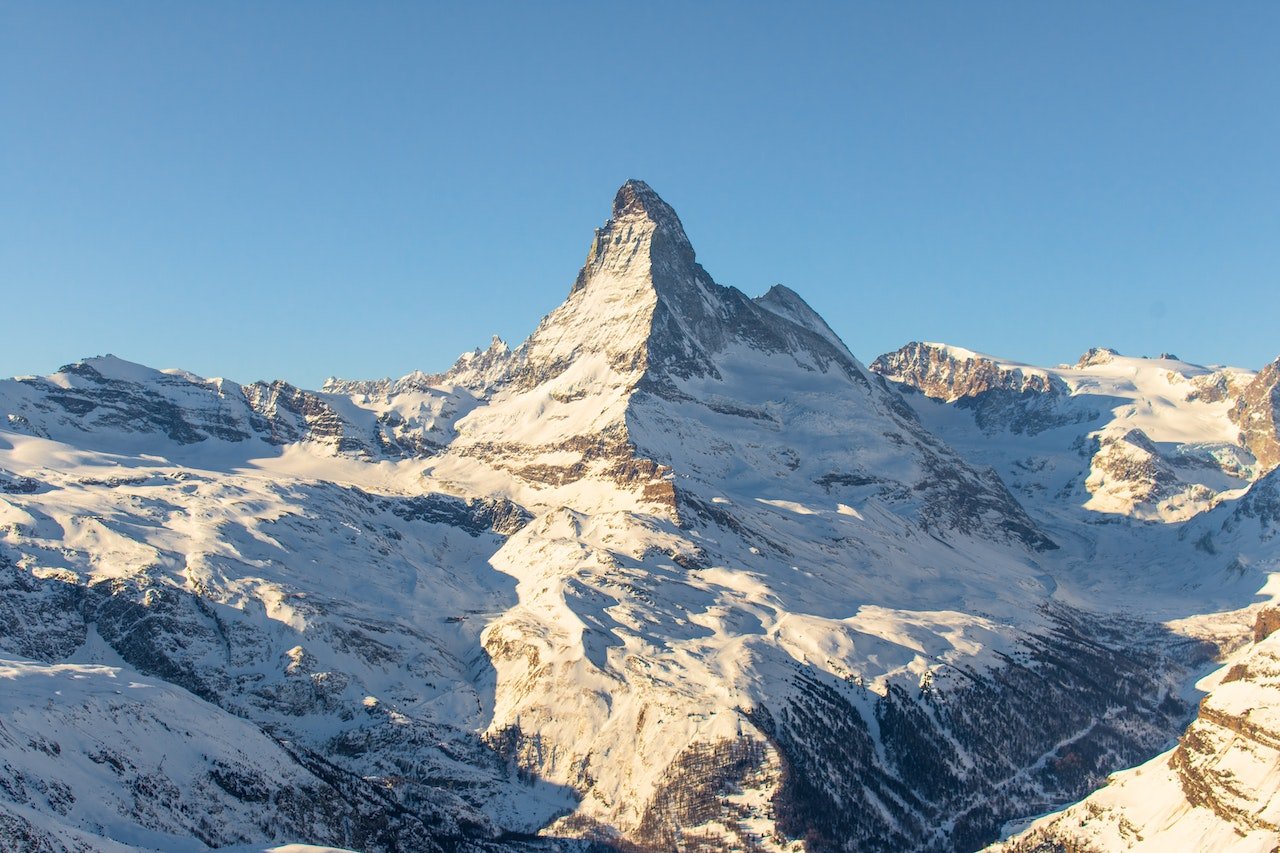
Thank you for subscribing!
Have a great day!
Update June, 2024:
I wrote the original article about a year ago. Finally, I get to write an update about how the summit actually went. I succeeded. And it was a mind-blowing experience. One of these once-in-a-lifetime adventures which I will never ever forget in my life. I pushed my boundaries and achieved growth. Two things I thought, I'd struggle with, I didn't. But I did struggle with something unexpected. I thought I may have troubles with being very exposed all the time or with the climbing difficulty. Both was actually not a problem. But on the descent during the last two hours my cardio endurance gave in. I made it ok, but it was way tougher than I expected it to be.
My take-aways: Hard challenges are always worth it. Being out in the mountains and avoiding stress keeps you young and fresh. Shout-out to my guide Johann, who is 60 years old but will kick my ass in the mountains any time. He claimed that he stays young by being out in nature as much as possible and not giving a shit about anything. During the whole nine hour trip, he drank half a liter of Coke and smoked seven cigarettes, while I needed to eat a whole backpack full of food and three liters of water. UNFORGETTABLE.
On to the original article. Enjoy:
With 4,478m the Matterhorn is the 12th-highest peak in Europe. It is a true mountaineering classic, and with over 500 deaths since its first ascent, it’s one of the deadliest mountains.
Its iconic Toblerone shape – in fact, the chocolate was inspired by the mountain – and stunning views make it a dream destination for many climbers. Last year I was driving in my van through Switzerland and suddenly this impressive pyramid appeared in front of my eyes. I had to stop and fully appreciate this monument. That’s when I decided that one of my goals for 2023 will be summiting the Matterhorn.
Reaching the summit of the Matterhorn is technically actually not too difficult, but it’s not a walk in the park either. It is proper alpinism. Its IFAS grading is AD, which means mixed climbing (rock and ice) at an angle of 45–65 degrees, and rock climbing up to UIAA grade III. The main challenge is the constant, extreme exposure, and partly rock fall.
All this requires careful planning, physical fitness, and technical skills. In this article, I will cover all the aspects that I need to address as I am preparing to summit the Matterhorn, including some of my preparation tours.
Choosing the Right Time Of the Year
The Matterhorn is climbable year-round, but the best time to attempt a summit is during the summer months, from July to September. During this time, the weather is generally more stable, and the snow and ice conditions are more predictable.
It seems, however, that the Matterhorn is a popular destination. So, the summer months can be quite crowded. In spring or fall it is probably more quiet. I aim for mid of July.
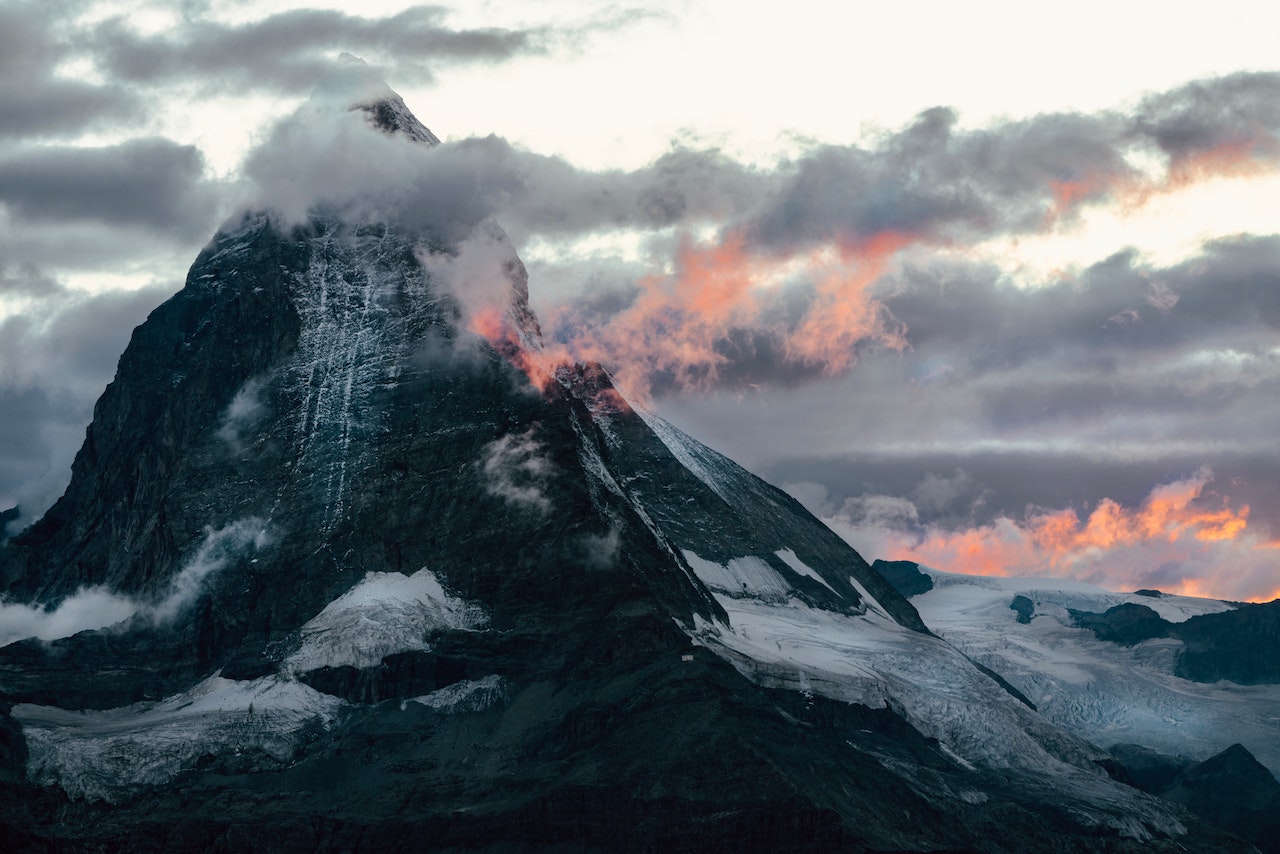
Getting In Shape
Climbing the Matterhorn requires a high level of physical fitness. I will be carrying quite a lot of equipment, food, and drinks with me. A good level of upper body strength is required to climb steep rock faces. The climb is about eight hours in one day and I will need to cope with high altitude. I have a good level of general fitness all year long anyway. Still, I am sharpening the axe. I need to be building my endurance with cardio exercises and at the same time incorporate full-body strength training. My method of choice to achieve that is simply attending Crossfit classes two to four times a week plus one to two free training sessions to focus on whatever area I need to work on more.
In addition, I go walking one to two times per week in my alpine boots and with a heavy backpack. Apart from this being a cardio exercise, it simulates the movement in the mountain and I can break in the new boots (more on this later). Finally, I planned several climbs that should help me prepare for the Matterhorn summit.
Acclimatize
The Matterhorn is a high-altitude climb. Altitude sickness is a real risk, so it's important to acclimatize properly before attempting a summit. I will arrive about a week before the actual climb in that area. Four days before the Matterhorn I will summit the Pollux, which is 4092m and a great way to better get used to the altitude that I will be facing on the Matterhorn.
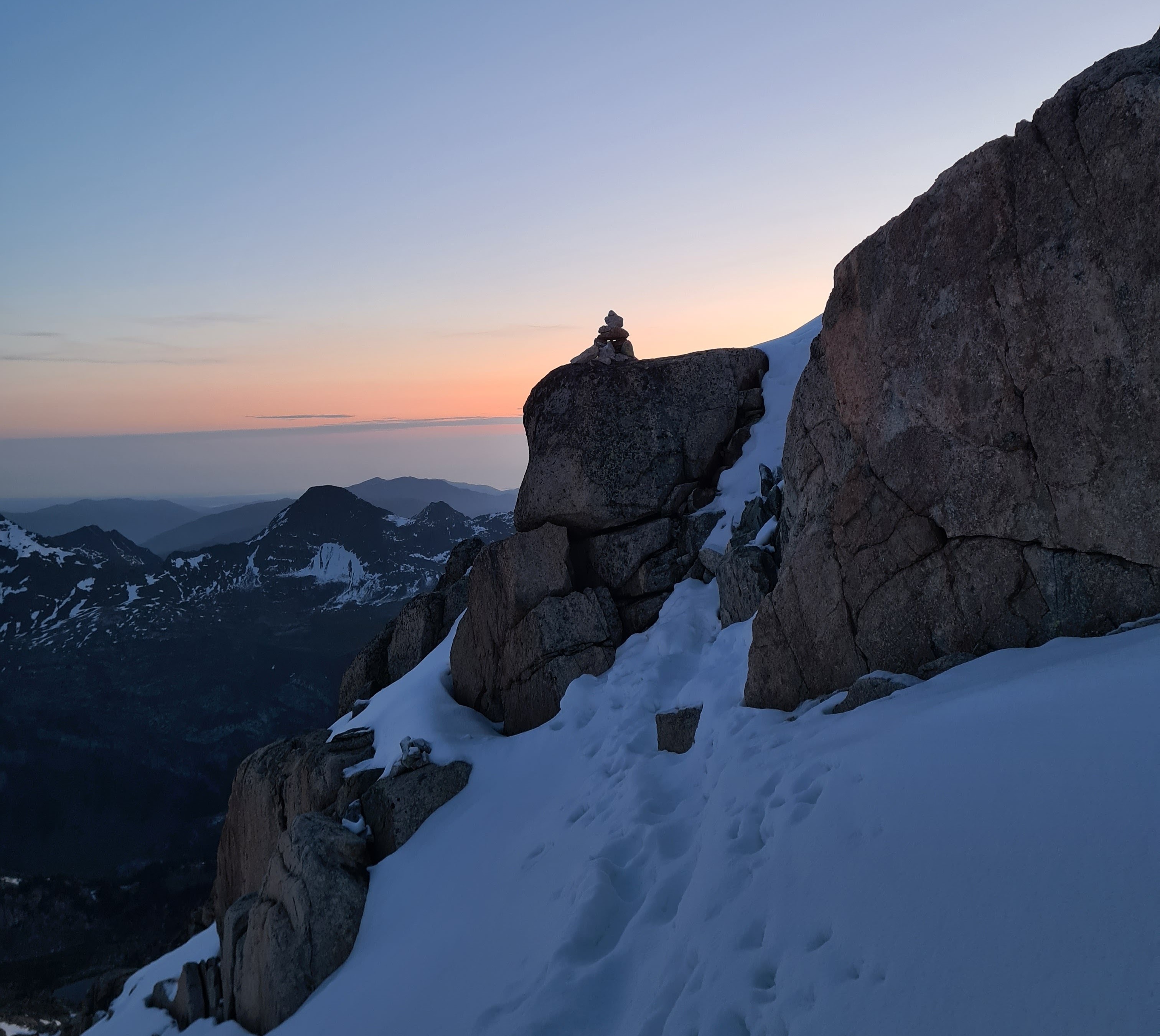
Practicing My Technical Skills
The Matterhorn is a fairly technical climb that requires a range of mountaineering skills. These include rock climbing, ice climbing, glacier travel, basic rope work, walking and climbing with crampons, and using an ice axe. I should be ok with the basic knowledge about these skills. I completed several mountaineering courses and practiced these skills in the past. The purpose of my practice climbs (see below) is to refresh my knowledge and practice a little more.
Preparation And Choosing the Right Gear
Preparation is key for adventures like this. You can never eliminate risk entirely but you can reduce it significantly. Thankfully nowadays we have the Internet available where we can find a ton of info about anything. The same is true for a climbing project like the Matterhorn. I read a lot about it and watch lots of documentaries and short clips on Youtube.
Having the right gear is crucial. I’ll need a range of mountaineering equipment, including a climbing harness, helmet, crampons, ice axe, ropes, first aid kit, a robust backpack, solid boots, good gloves, and several layers of clothes for the upper and lower body. Thankfully I have most of that which I also already battle-tested. This is where I do my research really well and also tend to not save money. I did have to buy new high-altitude boots for my automatic crampons. After a lot of research, I decided to buy the La Sportiva Trango Tower Extreme GTX. They seem to be good all-round boots. They are lighter, which means they may not be suited for very cold temperatures but better to use for ice climbing (up frozen waterfalls). They are very stiff – as they should be – and breaking them in takes a while and is painful.
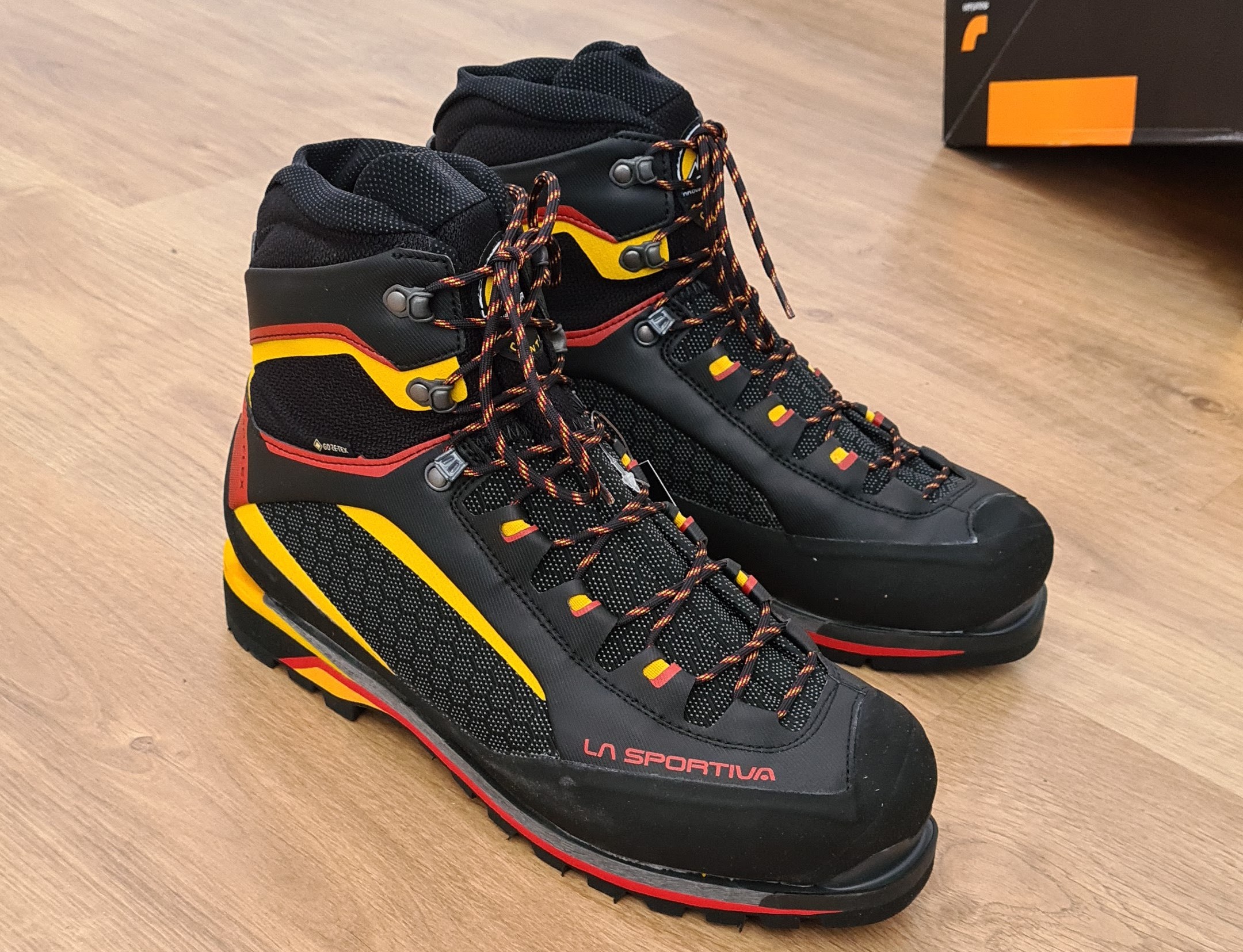
Planning My Route
There are several routes to the summit of the Matterhorn, each with its own level of difficulty and technical requirements. The most popular route is the Hornli Ridge, which is considered the classic route. However, it is also the most crowded and has a high level of difficulty. Other routes include the Zmutt Ridge and the Lion Ridge. In the end, I decided to go the Hornli Ridge as it’s the most established route and guides know it best.
Hiring A Guide
If I do things like this where I push my own limits, I always hire a local guide and I recommend you do the same. This way you reduce the risk substantially. Not only are they experts in handling safety equipment, they also know the route very well and can explain difficult or dangerous passages. They can typically also read the weather and certain clues about mountain and rock conditions better and based on that make better decisions.
I decided to work with a guide from Zermatters.
Respecting The Mountain
Finally, we must remember that the Matterhorn is a wild and unpredictable mountain. It’s a beast – a beautiful beast. Respect its power and the risks involved in climbing it. In fact, we should never underestimate any mountain. We should also always follow “Leave No Trace” principles, which advocate for minimizing our impact on the mountain's environment. And let’s also be respectful of other climbers and the local communities that live near the mountain.
Why I Decided to Start This Project?
Generally for my personal growth, I like to push my limits. We don’t grow inside our comfort zone. Life is also more exciting outside – at least some of the time. Fitness and sports is one of the areas where I like doing that. I love nature and especially mountains, and one day in December 2022 I drove through Switzerland in my camper van. This way of traveling for me is absolute freedom and a huge contributor to my happiness. So I was driving there, and out of nowhere, this extremely impressive pyramid appeared – the Matterhorn. I had to stop and admire this incredible natural monument. Since then I am hooked. Since then I started researching and planning for this project.
This project is CLEARLY out of my comfort zone. And when I think about it, I get very nervous. But that’s what life is about, isn’t it? Adventure and growth. I will shit my pants for sure. I know this. But we only grow if we dare to step outside our comfort zone. It will be another experience that will give me energy for the rest of my life.
With that said, I wanna share some more details about my preparation.
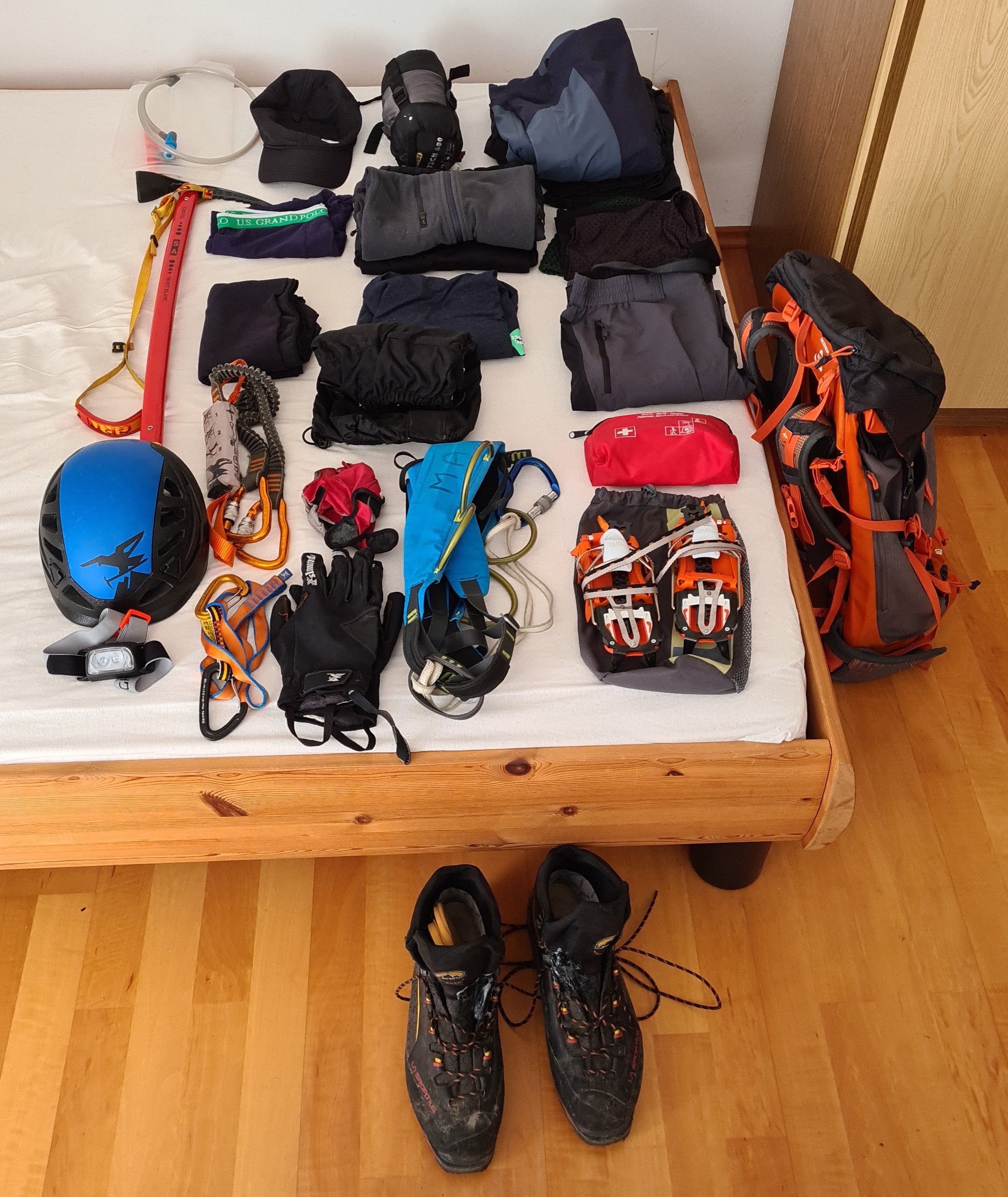
Details About My Preparation
As I mentioned above, I mix general endurance and strength training with area-specific technical training (i.e., alpinism) and practical exercise. These ideas are also referred to as the principles of generality and specificity. For the latter, I am engaging in various other climbs and mountain projects. I list them below.
Aneto
The first hike is up Aneto, which is the highest peak in the Pyrenees with 3404m. It is a beautiful tour of about nine hours. Only the last part is very exposed and scary. The time I climb it, it’s covered in snow. There I practice again ascending and descending steep faces with crampons and ice axe.
Tappenkarsee
This is a short and relaxed hike together with my family including an overnight stay in a hut. It’s extremely scenic. The main purpose is simply testing some of my gear, going through the process of preparing and packing equipment, food, and drinks, and especially better break in the new alpine boots.
Watzmann Traverse
The Watzmann is a 2713m mountain in the south of Germany. During the traverse, we are passing through three peaks. Another amazing tour, which is more technical and especially very exposed in some parts. Hence, it’s a great mental toughness preparation for the Matterhorn.
Traunstein
The Traunstein (1691m) is one of my all-time favorite mountains very close to my hometown in Austria. It’s shape is very iconic and everybody in my region knows it. I even tattooed it on my body. The Traunstein is not too difficult and not too long (three hours up and three hours down) but it’s incredibly beautiful. It does have some more exposed parts, some technical parts, and even a short Via Ferrata.
Pollux
The Pollux is located very closely to the Matterhorn. With 4092m it’s also very high, but a shorter hike (5-6h). So, it is another perfect preparation hike just before the Matterhorn and to better get used to the altitude.
Preparing The Matterhorn Summit
Climbing the Matterhorn will be a challenging and rewarding experience. I have to admit that I am very proud and excited about this project and I totally enjoy the whole process.
Being able to embark on challenges like this is an essential ingredient to my happiness and it does require health and freedom (see the Happiness Formula). If you want to learn more about this philosophy, I broke that down into the 18 Rails to Help You Maximize Your Happiness guide.